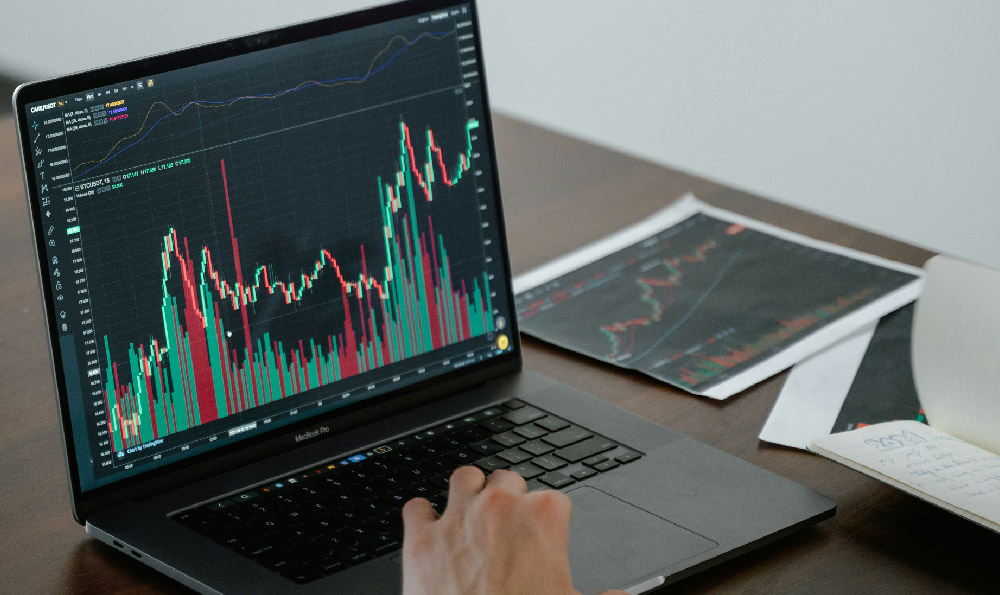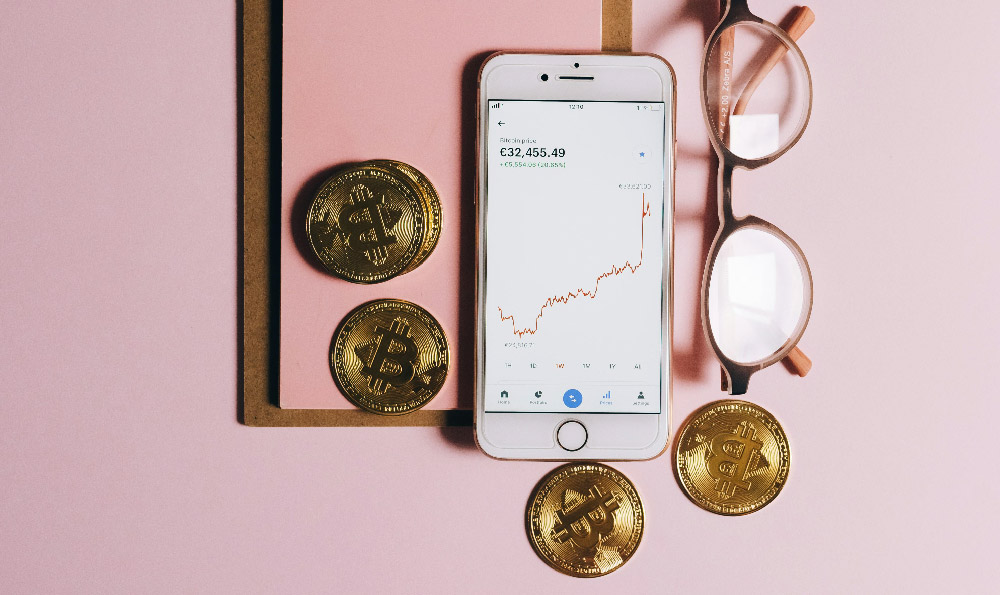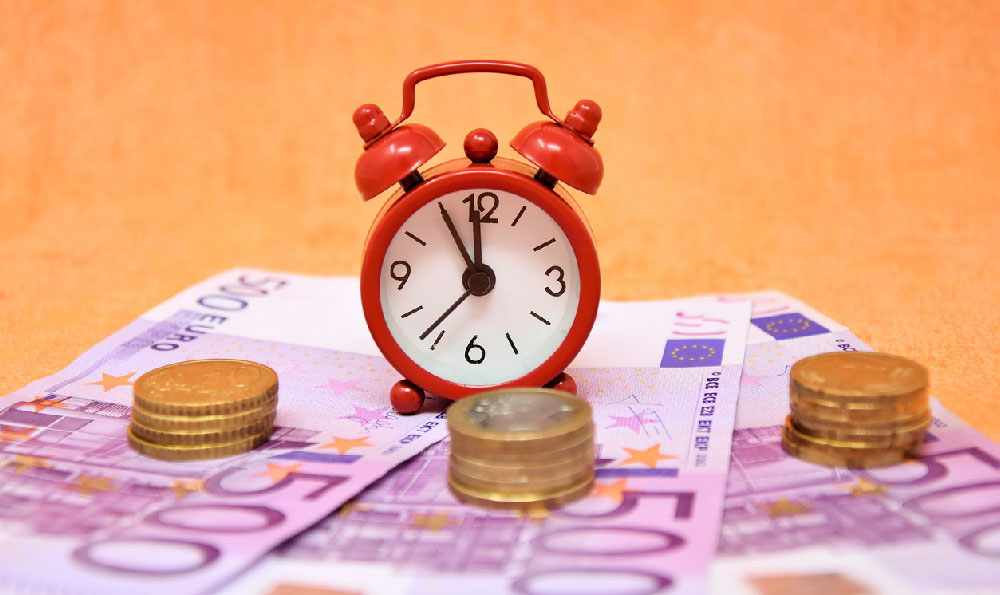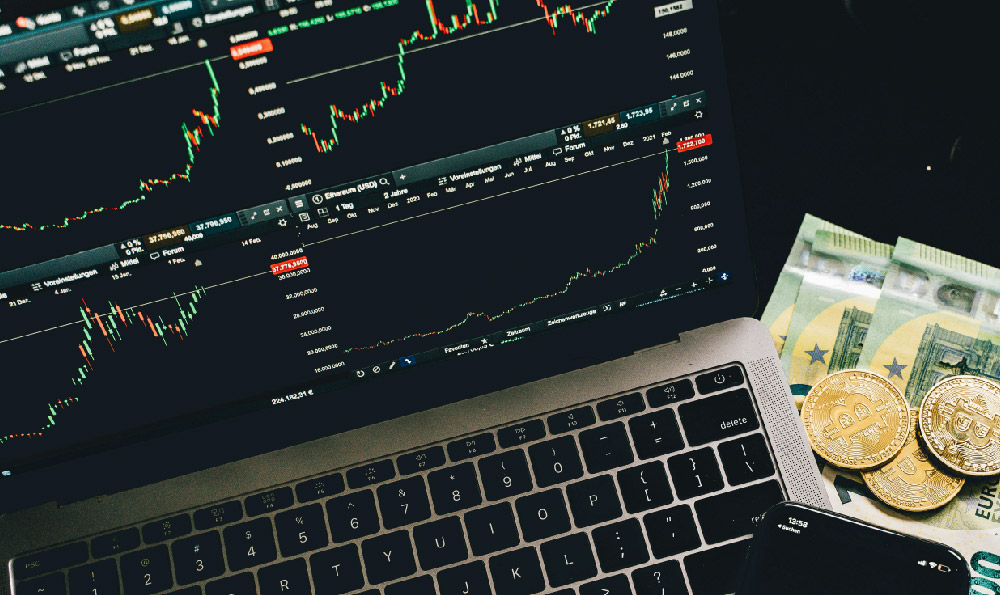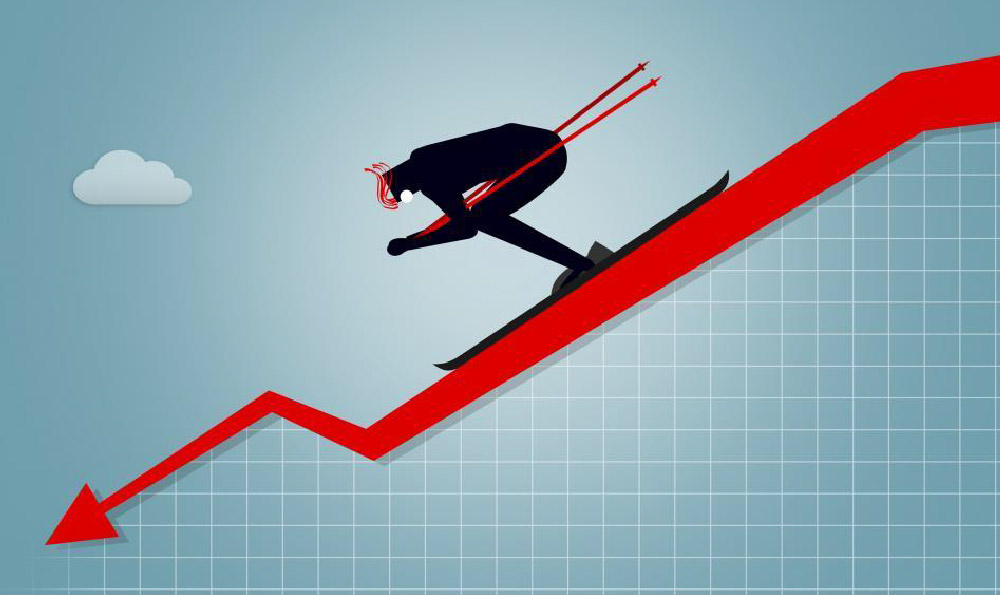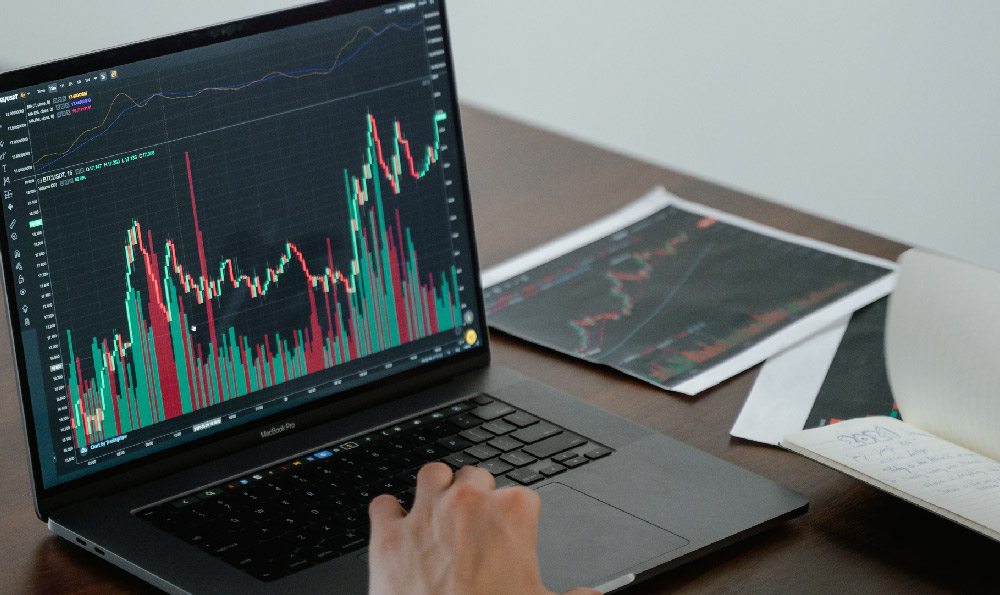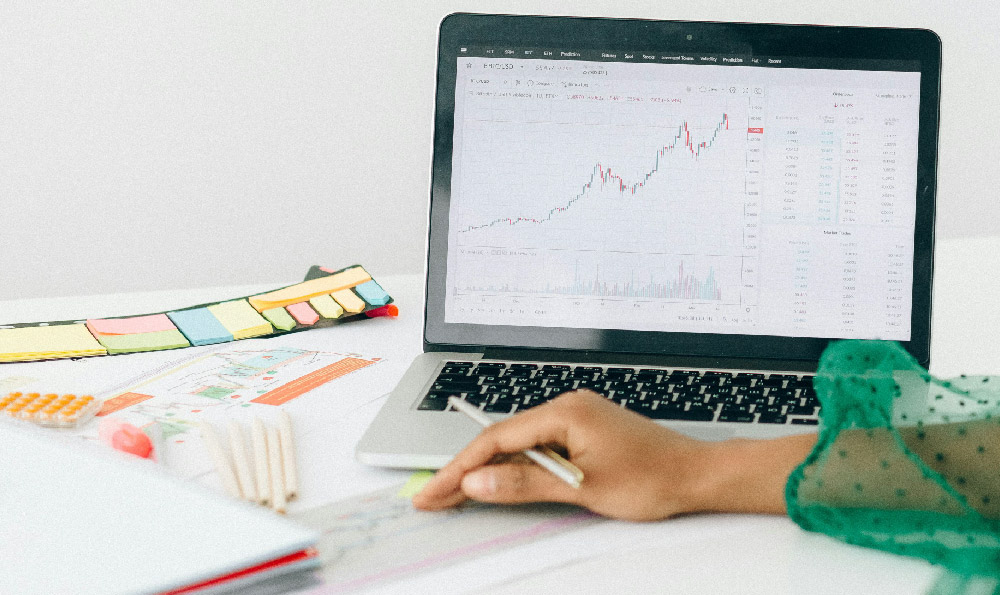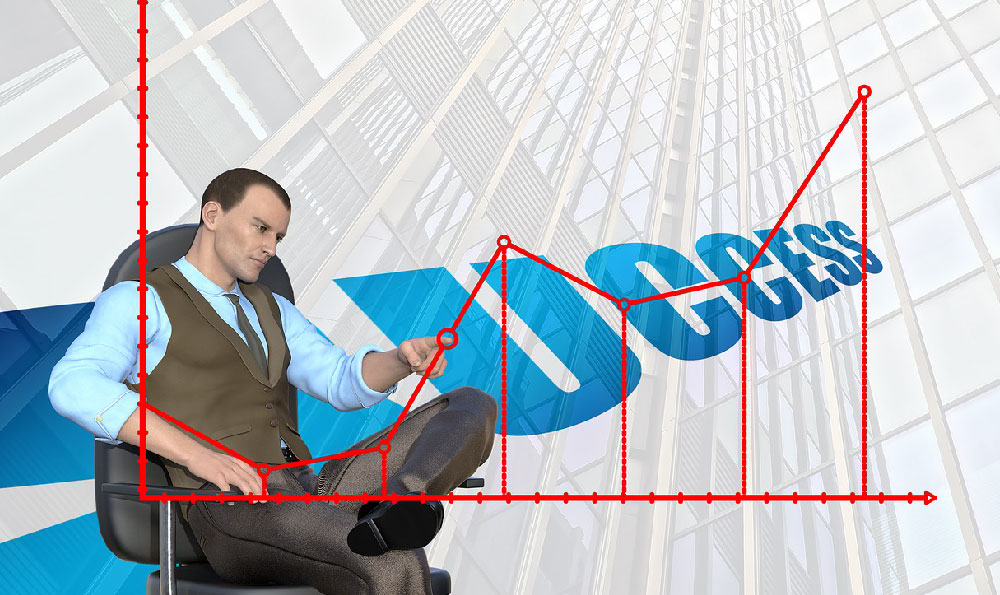Art has long been regarded as both a cultural treasure and a potential avenue for financial growth. While traditional investment avenues like stocks or real estate dominate mainstream discussions, the art market offers a unique blend of creativity, exclusivity, and value appreciation that can yield substantial returns when approached strategically. However, the allure of profit in this space is often accompanied by risks that demand careful navigation. Understanding the nuances of art as an investment requires a holistic perspective that balances historical trends with contemporary innovations, particularly in the digital realm where blockchain technology has reshaped the industry.
At its core, the art market thrives on scarcity and emotional value, which are critical drivers in any investment strategy. Unlike tangible assets like commodities, art pieces often appreciate over time due to their intrinsic cultural significance and the enduring demand from collectors. For example, works by renowned artists such as Pablo Picasso or Andy Warhol have consistently shown resilience in their value, even amid economic downturns. This durability stems from the fact that art is not merely a physical object but a symbol of human expression, capable of transcending temporal and economic boundaries. Investors who recognize this duality can position themselves to benefit from both the preservation of capital and the potential for appreciation. However, the market is not immune to volatility, and success hinges on the ability to discern between fleeting trends and timeless value.
The rise of digital art has introduced new opportunities for profit, particularly through the emergence of non-fungible tokens (NFTs). NFTs, which tokenize digital assets on blockchain platforms, have disrupted the traditional art market by enabling decentralized ownership and liquidity. For instance, the sale of Beeple's Everydays: The First 5000 Days for $69 million in 2021 marked a watershed moment, proving that digital art could command staggering prices. This shift underscores the importance of staying attuned to technological advancements, as the intersection of art and blockchain creates novel investment vehicles. Yet, the digital art market is also fraught with challenges, including speculative bubbles, environmental concerns, and the difficulty of authenticating virtual assets. Investors must therefore tread carefully, prioritizing projects with clear utility and long-term value over mere hype.
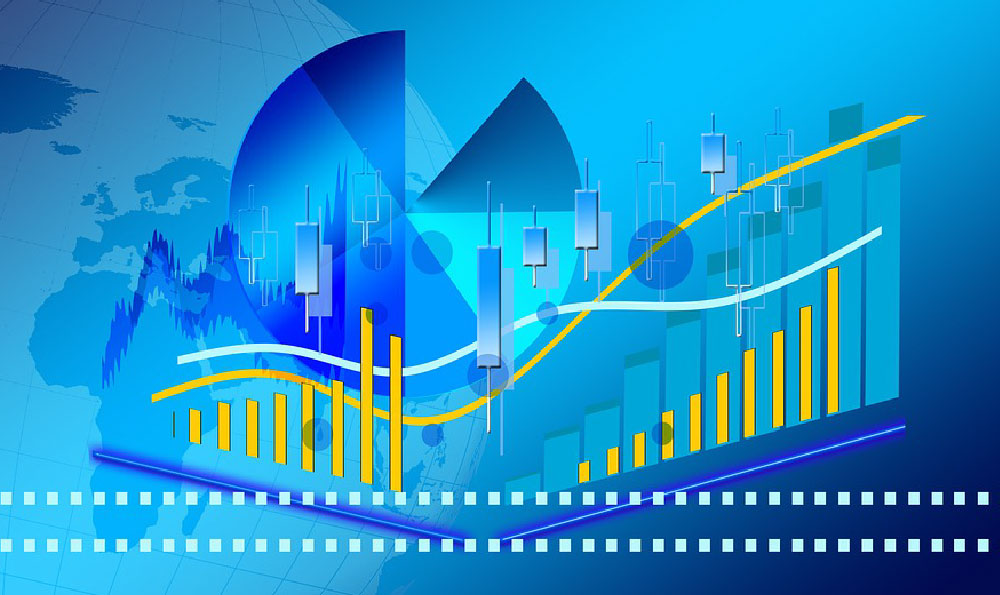
Incorporating art into a diversified investment portfolio requires a nuanced understanding of both market dynamics and asset characteristics. Traditional art investment often involves acquiring pieces from galleries, auctions, or private sales, while digital art demands navigating online marketplaces and blockchain platforms. Each route presents distinct advantages and drawbacks. For example, purchasing physical art allows for direct ownership and potential appreciation through increased demand, but it also requires significant storage and authentication costs. Conversely, digital art offers lower barriers to entry and global accessibility, yet its value is more susceptible to market sentiment and technological shifts. The key to success lies in selecting assets that align with personal preferences and financial goals, while also conducting thorough due diligence on the artist, medium, and market context.
Beyond acquisition, the art market offers opportunities to profit through various intermediaries. Art consultants play a pivotal role in identifying undervalued pieces and guiding collectors through complex market structures. Similarly, art dealers and curators can facilitate transactions and provide insights into emerging trends. These professionals not only enhance the likelihood of acquiring valuable assets but also mitigate risks by offering expert assessments and market analysis. For instance, during the 2008 financial crisis, many collectors turned to art as a hedge against inflation, with well-timed acquisitions yielding significant returns as the market rebounded. This scenario highlights the importance of leveraging expert networks to gain an edge in the art investment landscape.
However, the path to profitability in art requires vigilance against common pitfalls. The market is rife with scams, including counterfeit artworks, fraudulent sales, and overvalued digital assets. In 2022, the FBI reported a surge in art-related cybercrime, with hackers exploiting vulnerabilities in online marketplaces to defraud collectors. To safeguard investments, it is essential to verify the authenticity of art pieces through third-party certifications and to avoid high-pressure sales tactics that often accompany scams. Additionally, digital art investors must be cautious of the environmental impact of blockchain technology, particularly with Ethereum-based platforms, and consider alternatives like energy-efficient blockchains or carbon offset initiatives.
A long-term strategy is vital for maximizing returns in the art market. Unlike short-term trading, which can be volatile and risky, investing in art often requires patience and a focus on enduring value. For example, the works of Pablo Picasso have shown consistent appreciation over decades, with some pieces increasing in value by over 500% in 30 years. This underscores the importance of holding onto art pieces for extended periods, allowing for compounding growth and the potential for unexpected appreciation. However, a long-term approach also necessitates regular reassessment of the market, as trends and valuations can shift rapidly in response to cultural, political, or economic factors.
The art market is also influenced by the broader economy, with factors like inflation, interest rates, and global events creating both opportunities and challenges. During periods of economic uncertainty, art often serves as a safe haven, with demand driving up prices due to its tangible and irreplaceable nature. Conversely, downturns can lead to undervaluation, creating entry points for astute investors. For example, the global pandemic initially caused a decline in the art market, but as interest in art resurged, prices rebounded significantly. This cyclical nature highlights the need for investors to remain adaptable and to monitor macroeconomic indicators alongside market-specific data.
In the digital age, innovation continues to redefine the art investment landscape. Emerging technologies such as augmented reality (AR), virtual reality (VR), and artificial intelligence (AI) are creating new forms of artistic expression and investment opportunities. For instance, AI-generated art has gained traction, with some pieces selling for hundreds of thousands of dollars. These developments underscore the importance of staying informed and open to new avenues, as the future of art investment is likely to be shaped by technology and evolving consumer tastes.
Ultimately, profiting through art requires a combination of knowledge, strategy, and caution. Whether investing in traditional or digital art, the ability to analyze market trends, assess value, and avoid risks is paramount. By embracing both the historical significance and contemporary innovations of the art world, investors can position themselves to achieve long-term financial growth while contributing to the preservation of cultural heritage. The key lies in viewing art not as a mere commodity but as a dynamic asset that offers unique returns for those who approach it with insight and foresight.


